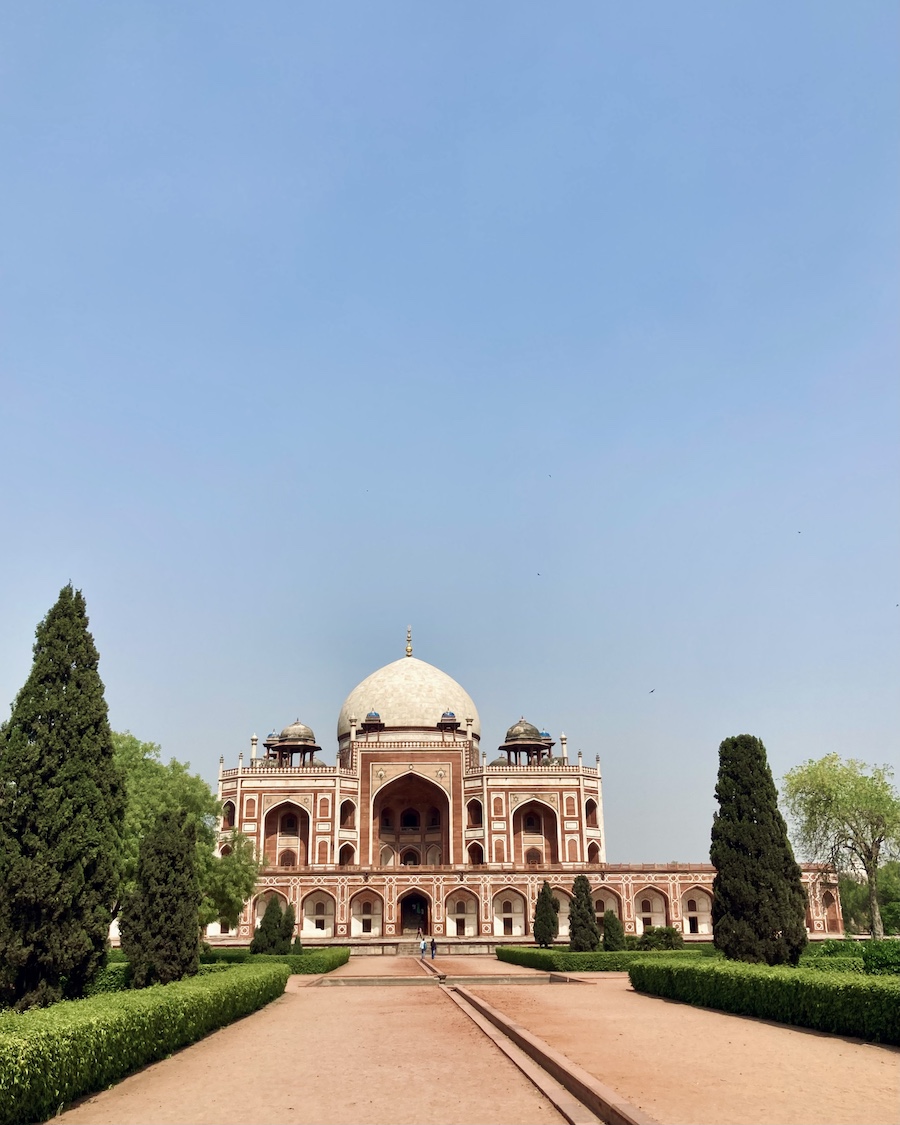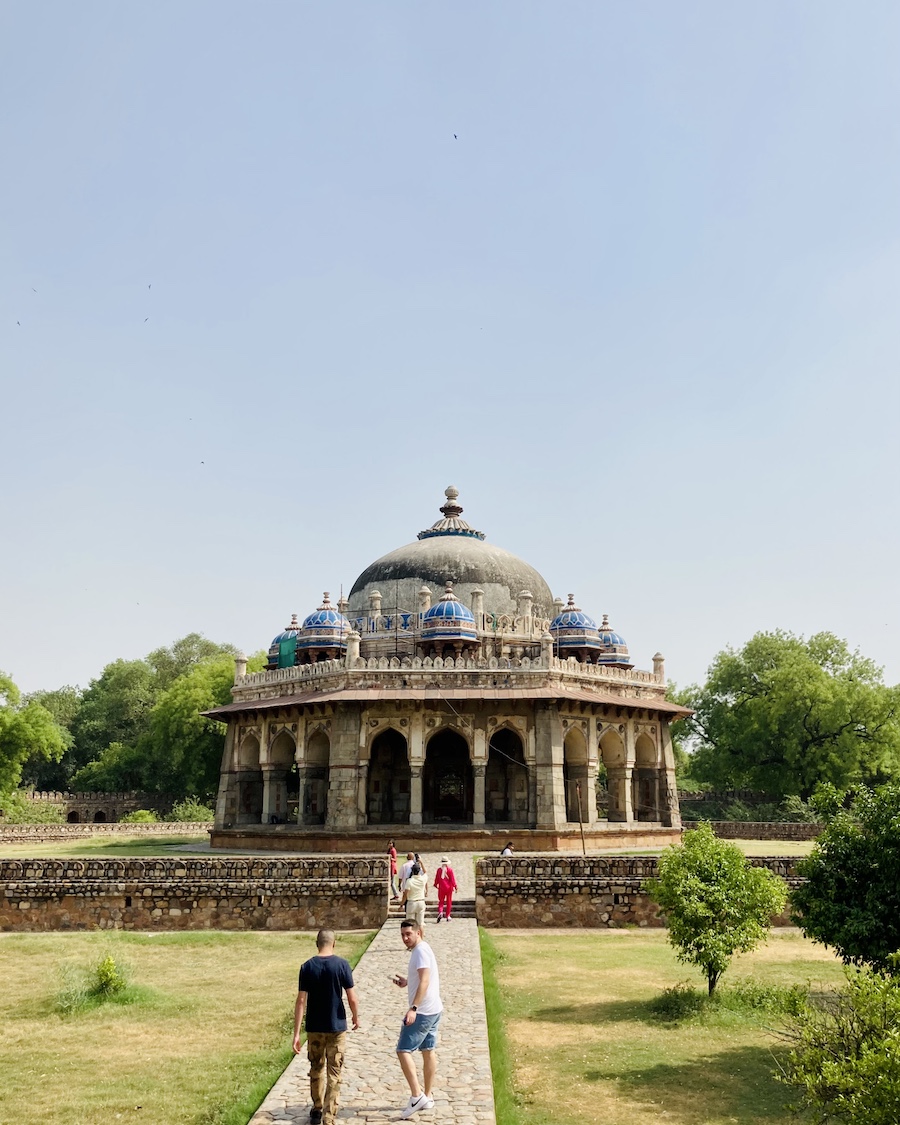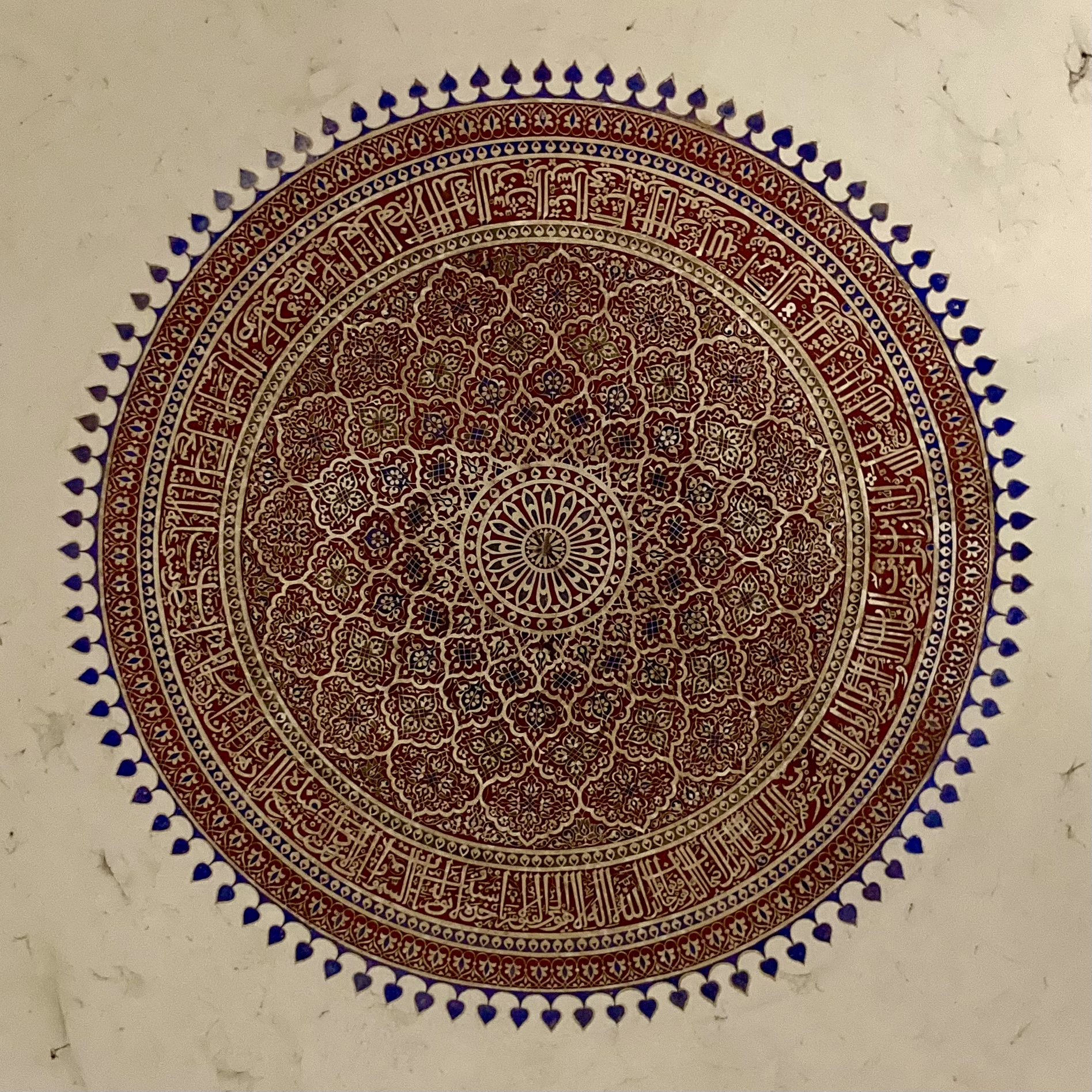Isa Khan’s Tomb
by Prateek Rungta
Published
Familiarity
I recently revisited the Humayun’s tomb complex in Delhi. It was a hot afternoon and the sun was beating down relentlessly, so I was not exactly overjoyed to find myself out and about in that heat. But something felt good.
This was a familiar place. Memories of patrolling the gardens looking for that perfect angle of the tomb came rushing back. Flashes of Abida Parveen performing magic with her voice at Arab Serai rang in a distant echo — I quickly turned around to catch a glance, as if the ramparts would suddenly break into applause. A flutter of parakeets obliged with their kaw-kaws and I smiled. The soundtrack of this place was still the same.
It’s a strange thing, familiarity. It can make you belong just as much as it can make you feel stagnated. It can reassure, it can cause decay. My lack of familiarity made this five hundred year old monument feel new and exciting when I first started visiting a decade back.
Extensive restoration work was underway over various parts of the tomb. Each time I visited the complex a newly restored part of the structure was unveiled and now made accessible to the public. The tomb only got better with each visit.
Each visit built up familiarity. I now expected it to be, and remain, a certain way. Much of it is.
Maqbara-i Humayun remains as stunning as ever. Its proportions and symmetry still take my breath away. Its gardens, trees, and birds continue to shade and replenish the tired tourist. But the exhibits are catching dust. The restored whites have washed off. The blue accents are getting as rare to spot as blue Delhi skies behind the dome.
Restoration is hard, preservation is harder still. Decay is the natural order of life. But ever so often you come across a piece that is fully intact, that has been sheltered, protected, preserved, and you realise what is at stake. That was my experience of looking up inside the central dome of Isa Khan’s tomb, my last stop at the Humayun’s tomb complex.



Comments
Your Opinion
[link](http://url.com)
Markdown yes, HTML no.